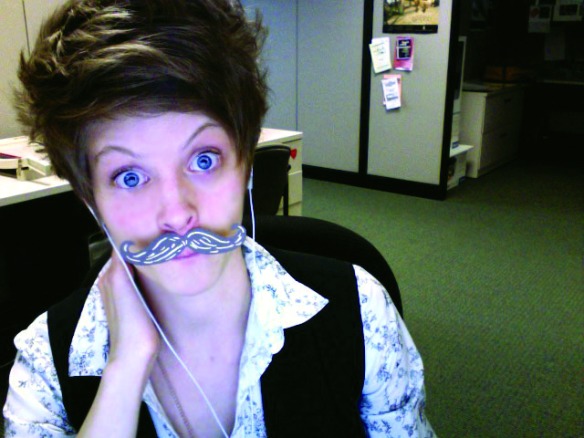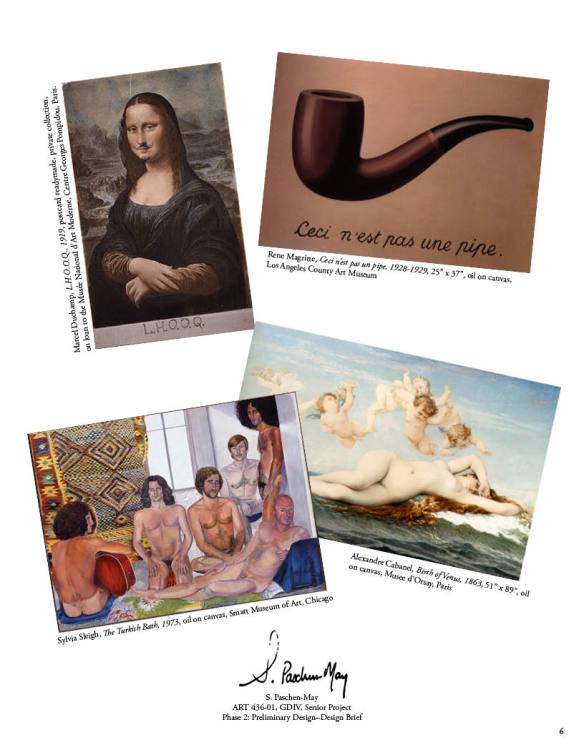Monthly Archives: February 2012
Letterpress Design!
If I could be so bold…
This four-day furlough president’s birthday weekend leaves much to be desired in the ways of free time for me. Instead of kicking back I am force-feeding myself a never-ending diet of scholarly JSTOR articles and library books that have not been checked out since 2008. Such is the life of someone voluntarily taking a second writing intensive course, just for the fun of it. It’s not been all bad though; the paper will compare and contrast the work Fucking Hell, 2008 by Jake and Dinos Chapman with Gassed, 1918 by John Singer Sargent. The paper will mostly be about the atrocities of war, manipulative propaganda, cruelty and brutality of humans, and how all of this is represented or not represented in art. David M. Lubin’s “Losing Sight: War, Authority, and Blindness in British and American Visual Culture, 1914-22” identifies Field Marshal Herbert Horatio Kitchener, hero of British Victorian imperialism. This guy:

Alfred Leete's "The Britons (Lord Kitchener) Wants YOU" British WWI propaganda poster1914
oh those glorious whiskers. The article explains,
“That mustache, according to one biographer, ‘was justly celebrated not only throughout the Army but throughout the Empire. It’s length and bushiness were unique, and it would be easy, but wrong, to dismiss it with a smile. It was the ideal of drill sergeants throughout all the armies of Europe, and in that exaggerated form it became a symbol of national virility. During the 1914-18 war, a British recruitment poster showed Kitchener, his mustache dark and heavy as ever, jabbing his finger at the viewer and pinning him with a severe gaze, while beckoning him to fulfill his duty as a citizen and join the military,”
(Lubin, David M.Losing Sight: War, Authority, and Blindness in British and American Visual Cultures, ART HISTORY. Vol. 34, no. 4 (September 2011): 797.
At this point in the game I should also point out the significance of the mustache symbol in today’s context. The mustache has embedded itself deeply into the “hipster” culture of the late 2000’s serving as another stereotype for people dressing in flannel, skinny jeans, dark rimmed glasses, while drinking PBR, riding bicycles and fussing about liking bands before you ever heard of them. Mustaches can also be found in many works of the growing Steampunk phenomena which combines alternate history, speculative fiction and science fiction notions of time travel, gadgets, Victorian-era Britain, invention and innovation.
Each viewer will ultimately create the connotations of the final piece based on their personal experiences. Even though this project focuses mainly on identity, given that it is in fact a self-portrait, I am embracing all the mustache has to offer.

Steampunk Bizarre Exhibit: "The Unknown" at the Mark Twain House

Thank you Chris Cox!
This was brought to my attention today by my dear friend Chris Cox who read my “senior project manifesto” and instantly thought of Ana Mendieta. That smart cookie.

The Design Brief – Preliminary Artist Statement
Hello all, if the last post left you bewildered and confused, fear not. In this post I am giving you another little glimpse into the inner workings of my mind and hopefully it’s starting to make a little bit of sense. The images in the second picture go along with what I’m talking about in the Design Brief. Feedback, encouraging or critical, is tremendously appreciated, just click to see them better. Enjoy!
Preliminary Design: “The Mustache Metaphor”
Gallery

This gallery contains 4 photos.
Everyone is always so concerned with how long the physical end product of the project will take you. What they always seem to leave out of the equation is the actual time needed to simply think. Think. Think. Think. Thinking … Continue reading
Change of plans.
While starting this wordpress account, I was simultaneously starting my growingly involved senior project process in undergrad studies of Digital Art & Design. I think it would be very interesting to include this link on the back of the mustaches I print so that you can all see my process, step by step.
It’s starting to become quite the doozy, but I’m so excited! Stay tuned.
Not to worry!
Once I watermark my projects of the past, I will be posting diligently and ferociously. Be on the lookout!





